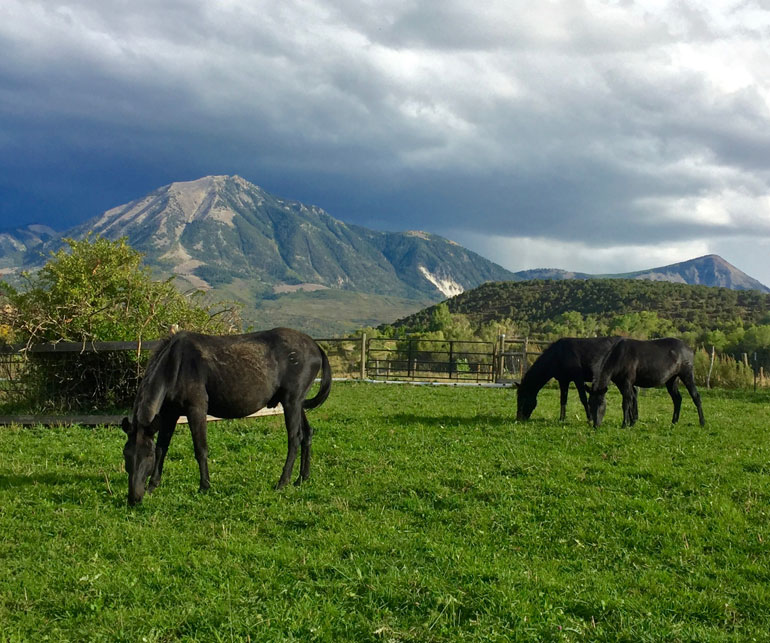
Biodynamics originates from the spiritual scientific vision of Rudolf Steiner, and the method considers the land, minerals, plants, animals and the cosmos as a single, living organism. The Biodynamic method aims to bring the farm into harmony with nature, considering the land, plants, animals and man to be components of the whole system. Fertilization, cultivation and breeding are respected through the "promotion" of fertility and vitality of the soil, using strictly natural means, and taking into account the cosmic influences (the moon, the constellations, etc.) as factors that influence the success or failure of crops.
The history of this method began in the early 1920s, when traditional agriculture was at a crossroads between the recent introduction of mineral/chemical fertilizers or the development of alternative practices. This crossroads, and the gradual depletion of vitality from both crops and animals, led some German farmers to contact Rudolf Steiner, an Austrian scientist, philosopher, and intellectual who became known as the ‘father of anthroposophy’ and a forerunner of holistic philosophy. Those German farmers asked for tips on how to cope with the loss of nutritional value in plants and fertility in animals: problems likely caused by the use of new mineral and chemical fertilizers. Following the principles of holistic philosophy, Steiner provided the foundations for the Biodynamic method of agriculture, developing guidance on how to fertilize the land, feed livestock and produce healthy and vital foods. Steiner’s overall philosophy led to new ideas and applications in medicine, pedagogy, art, and science in general. The Biodynamic method Steiner outlined sees the land, minerals, plants and animals as a single body, where the man is responsible for them all.
The three fundamental principles that underpin the Biodynamic method are: the plant is an image of the cosmos; to fertilize means bringing life into the ground; and the farm must be designed and shaped like a living organism itself.
- The first principle emphasizes that the life cycle of the plant is fully connected with the rhythm of the planets and the world of the fixed stars, from which come the forces that regulate their growth.
- The second principle leads us to consider the manure, not as a means to bring physical nutritional elements for plants (considered a mere inert support for their roots), but it reminds us that the earth has its own life which must be a stimulus to the plants, using it for their own growth.
- Finally, the third principle states that the ideal farm should be seen as an organic system, consisting of many components (orchard, arable fields, hedges, woods, ponds, animals, etc.). The components are considered to be different organs that make up a living organism which is ideally self-sufficient.
The deep connection with nature, and the full respect of its rhythms, led the Biodynamic farmer to abolish the use of synthetic mineral fertilizers and chemical pesticides, and manage the land using scientific knowledge of cosmic and lunar cycles. Fertility and vitality of the soil are obtained by natural means; compost is produced from animal manure or plant material as fertilizer; crop rotation and mechanical pest-fighting are preferred over even so-called natural management strategies. Preparations based on minerals, animal and plant substances, the so-called "Biodynamic preparations,” are used for composting and for the spraying of soil and plants.
In summary, the purpose of Biodynamic agriculture is not "leave it" to nature, but to further enhance nature, thereby helping nature to develop ever more fertile land, to preserve and pass it on to the generations of the future, and to produce foods that can truly nourish humanity, and to preserve and pass it on to generations of the future.